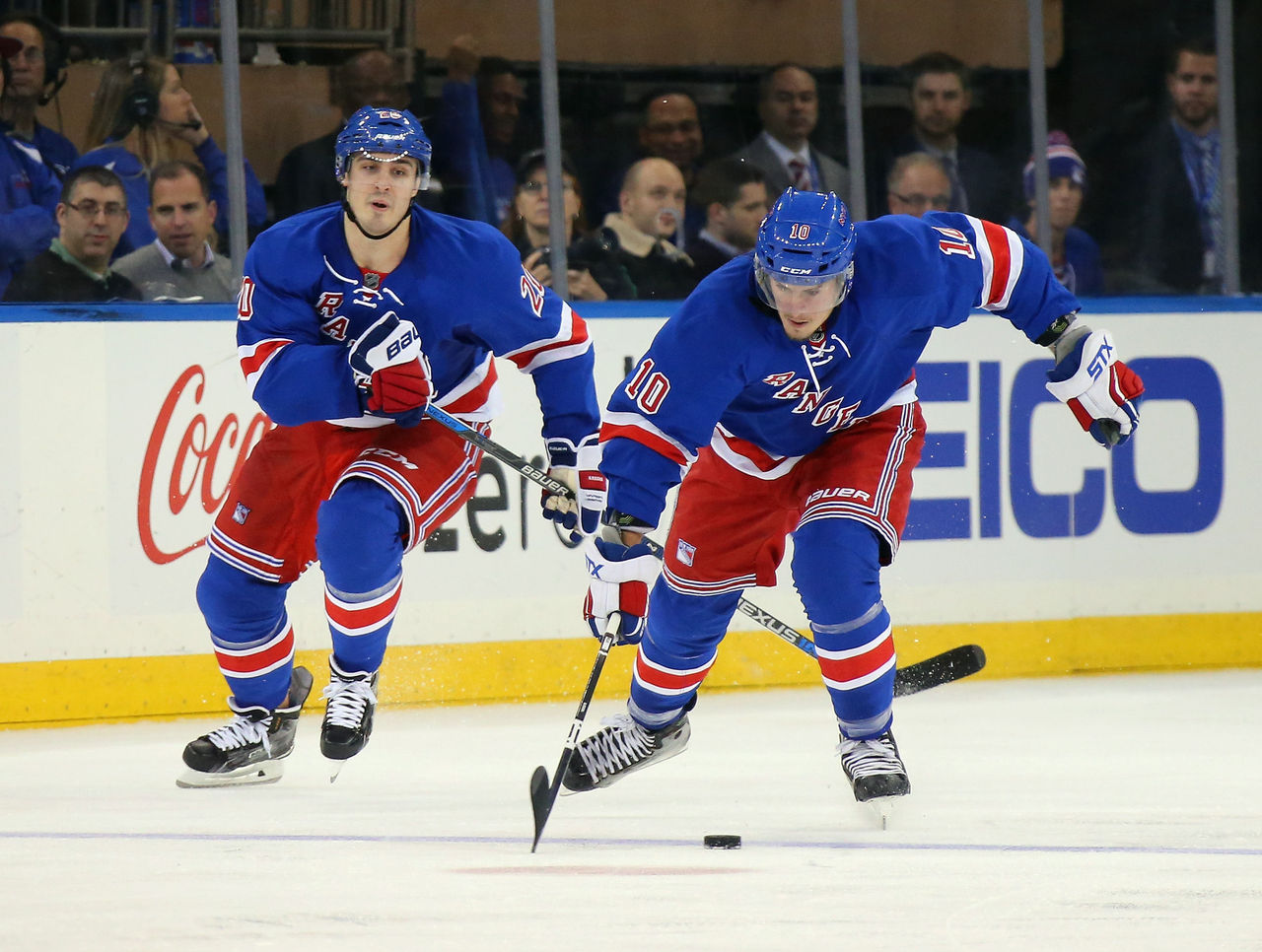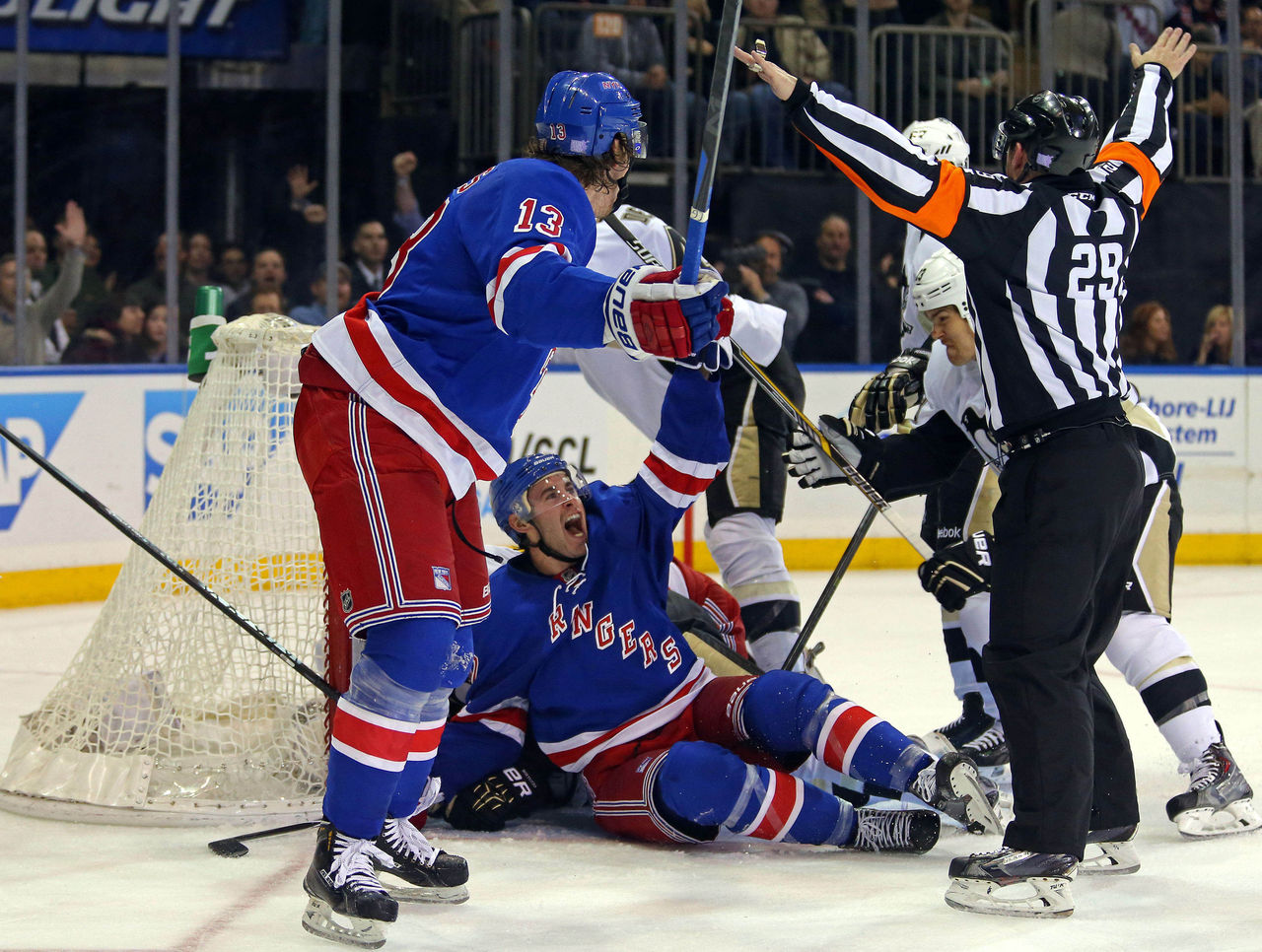3 reasons the Rangers' dominance is unsustainable
The New York Rangers have reeled off eight wins in a row, but there are a few reasons to believe their run is a mirage.
Related: Rangers extend win streak to 8, match Canadiens for best record
Henrik Lundqvist is playing at arguably the highest level of his career and the Rangers have allowed the fewest goals per game in the league, but there are three big warning signs that should concern the club going forward:
Putrid possession

New York is the second-worst puck possession team in the NHL, with an even-strength Corsi For percentage of 45.6 through 17 games.
Only the struggling Colorado Avalanche are worse at generating and preventing shot attempts, with a mark of 44 in 16 contests. The Rangers also rank 24th in scoring chances per 60 minutes and 24th in faceoff percentage.
These figures should be red flags for the Blueshirts, who live and die in close games thanks in large part to spectacular goaltending from Lundqvist and backup netminder Antti Raanta.
They're not drawing penalties
The Rangers have a league-worst 41 power-play opportunities, which is four fewer than the San Jose Sharks and five fewer than the lowly Toronto Maple Leafs.
New York's power play is actually better on the road, with four goals in 18 chances away from Madison Square Garden. At home, the Rangers have four power-play goals in 23 opportunities, which ranks 18th.
Overall, they have a 19.5 percent success rate with the man advantage (13th overall), compared to the Montreal Canadiens' third-ranked power-play unit (27 percent).
"Puck luck"

The Rangers have the highest team PDO in the NHL, and while we're certainly dealing with a small sample size, it's still indicative of how fortunate they've been early on.
The stat combines shooting percentage and save percentage, which are both primarily luck-driven.
New York's PDO of 106.9 ranks first ahead of Montreal's mark of 103. The Rangers' league-high mark means their shooting percentage and save percentage are both due to regress, which doesn't bode well in the long term.
(Statistics courtesy NHL.com and War-On-Ice)